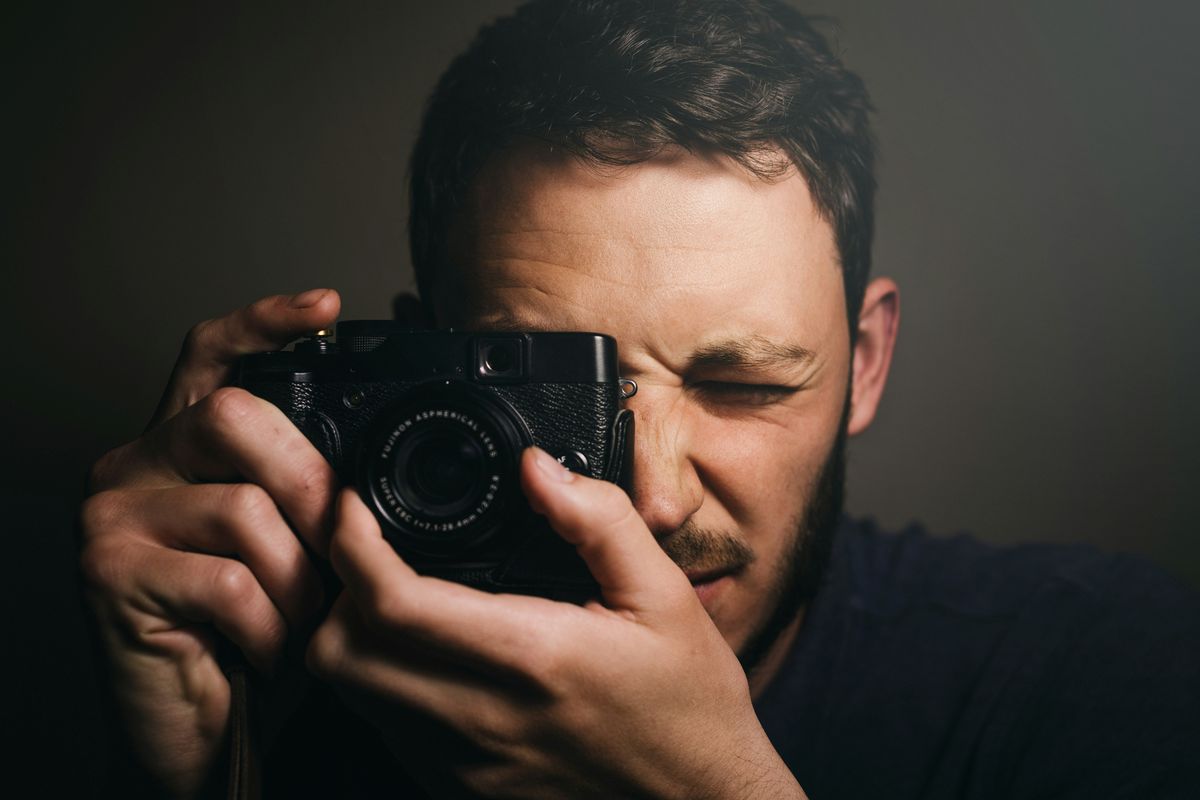
One of the weirder things about being a human is that we rarely ever get to see our actual selves. Even if we look into a mirror, we’re seeing a backward reflection, a reverse image, not what other people see. (Hence the popularity of the “true mirror,” which sometimes makes people cry when they see what they really look like.)
Photos certainly don’t help. All it takes is one bad angle, some off lighting, a distorting camera lens or an unflattering split-second facial expression to have us wondering, “OMG is that what I really look like?”
No, it’s not. Because the truth is, beauty and body image messaging aside, we are all uniquely gorgeous in our own way and photos rarely captures our true essence. Some of that can’t be helped, but there are ways we can get closer to that goal. After all, photographs of us will last long beyond our bodies, so wouldn’t it be nice if we could confidently say to our descendants, “Yeah, that was me, in all my human glory”?
While a photograph will always fall short of the real you, here are some tips for making pictures that capture your best essence as much as possible, whether you’re taking a selfie or someone else is behind the camera.
1. Relax.
Easier said than done, I know, but most of us tend to stiffen up for photos. Shake your body out. Roll your shoulders. It only takes a couple of seconds to consciously let go of the tension, and it can make a huge difference in how the camera captures you.
2. Think of something genuinely joyful.
If you need to smile for a photo, stop thinking about smiling, and just think of something that always makes you smile. Better yet, think of something hilarious to get yourself smile-laughing. The best smiles are real smiles, and real smiles aren’t poses—they come from within.

3. Turn your head to the right.
It’s hard enough to make a 3D face into a 2D image and do it justice, so might as well take advantage of all the little tricks to capture the best of our faces. Research shows that the left side of our faces is usually the more flattering side, so why not make the most of it? And this isn’t just about looking better on the surface. The left cheek shows more emotion—or in other words, the realer you.
4. Lean in.
Not only does leaning forward create more flattering angles for the camera, it also draws people into your photo. There’s some subtle psychology behind this advice, but it works. It makes your face the focal point of the picture, which is what you want.

5. Look with love—and light—in your eyes
Remember that when you look at the camera, you’re not actually looking at a camera—you’re looking at a person who will someday be looking at you. So take a second to picture them and look at them with love (not talking romantic love, here—human love, philia love, agape love). You’ll be amazed at how much more real you appear in photos with this one simple mindset shift.
Also, try to make sure there’s a light source in front of you, whether it’s a window or a lamp, to catch the twinkle in your eye. We see people’s eyes twinkle all the time in real life, but photos only capture that if there’s a light source.
6. Take lots and lots of photos.
It’s not vain to take lots of photos, it’s smart, since you’ll have a much greater chance of actually getting a pic that represents you if you take a bunch of them. Change poses and expressions in between takes. And don’t be afraid to move around—we look better and more natural when we’re in motion anyway.
7. Don’t be afraid of editing
Too many people believe that editing a photograph somehow makes the photo less real. It’s actually the opposite. The goal is to capture what our eyes see, but no camera captures exactly what our eyes see. Professional photographers almost always edit photos; in fact, it’s a huge part of the art of photography. Even in the old pre-digital days of darkrooms, photographers used various techniques to adjust lighting and exposure as they processed their images, and photo retouching has been around since the mid-1800s.
Obviously, applying a totally unrealistic beauty filter to your face isn’t the ideal here, but adjusting the exposure, brightness, warmth, etc. to make a photo look more like you and not you-in-bad-lighting is 100% okay. Just remember you are editing to make it feel more like you, not look less like the real you.
